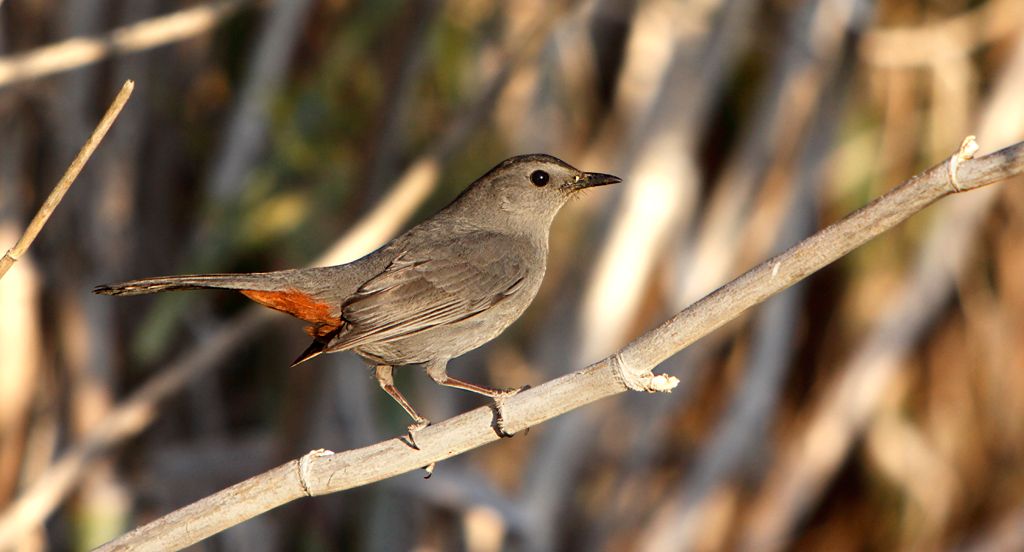
27 March 2013
Conventional wisdom says that birds can’t smell anything, but this isn’t so.
Did you know they use their sense of smell to guide them on migration and that it’s more important for navigation than magnetic field detection?
Back in 2009 the Max Planck Institute of Ornithology ran an experiment to see which mattered more. During fall migration they captured 67 gray catbirds and put tiny radio transmitters on them. 48 were captured at the Princeton field station, 19 were captured in Illinois and delivered overnight to New Jersey. This presented the Illinois birds with a big navigational challenge. They were very far off course.
All of the birds were fitted with tiny radio transmitters and divided into three groups. One third had scramblers to impair their magnetic field sense, one-third had a temporarily impaired sense of smell, one third had no impairments.
When released to continue their migration, where did the birds go?
The juvenile birds performed as expected. Having never made the trip before they had no mental map so they flew due south to Cape May and had to cross Delaware Bay at its widest point.
Unimpaired adults and those with an impaired magnetic sense used their mental maps and sense of smell to fly southwest and avoid Delaware Bay. Even the “blown off course” Illinois birds flew west or southwest to correct for their new location.
But those who couldn’t smell anything were a little lost. The adults with mental maps fell back on their original inborn guidance system and flew due south. So, yes, their sense of smell matters a lot more than we expected.
Next month gray catbirds will arrive in Pittsburgh from their winter range in Florida, Cuba and the lands surrounding the Gulf of Mexico. When they get here, you can be sure they sniffed their way north.
I wonder which scents they’re paying attention to …
(photo from Wikimedia Commons; click on the caption to see the original)